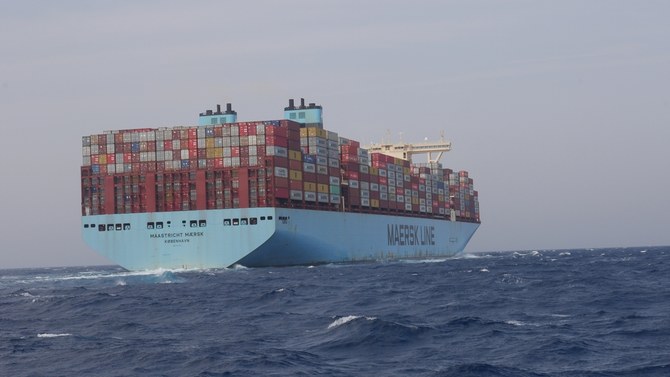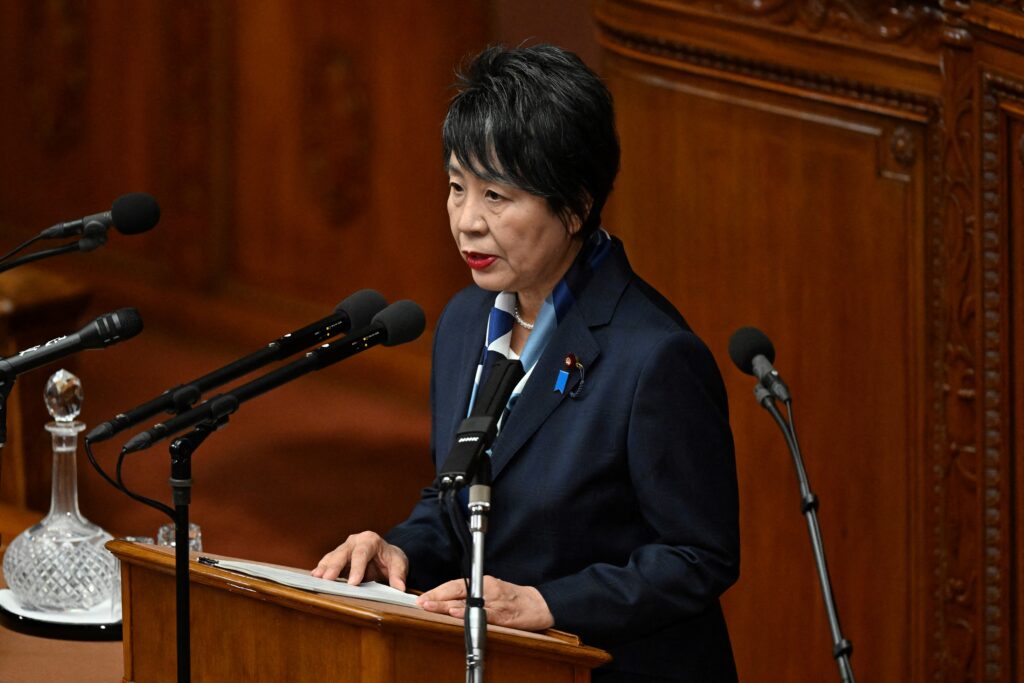RIYADH: Saudi Arabia’s non-oil exports increased 0.8 percent in January compared to the same month in 2023, official data showed.
According to the report released by the Kingdom’s General Authority for Statistics, the total value of the sector, including re-exports, reached SR24 billion ($6.40 billion).
Moreover, the ratio of non-oil trade rose to 35.8 percent in January, compared to 35.1 percent in the same month of the previous year.
Strengthening the sector is a crucial part of Saudi Arabia’s Vision 2030, as the Kingdom is steadily diversifying its economy away from the fossil fuel.
The GASTAT report, however, noted that Saudi Arabia’s overall merchandise exports in January decreased by 10.3 percent to SR95 billion, compared to the same month of the previous year.
The authority revealed that this dip was driven by a fall in crude trade, which slid by 1.3 percent year-on-year in January.
The share of oil in total trade also decreased from 77.6 percent in January 2023 to 74.8 percent in the same month of 2024, the report added.
The drop in oil exports was due to Saudi Arabia’s decision to reduce crude output following an agreement by the Organization of the Petroleum Exporting Countries and its allies, known as OPEC+.
To maintain market stability, Saudi Arabia reduced oil output by 500,000 barrels per day in April 2023, a reduction that has been extended until the end of December 2024.
The Kingdom also pledged an additional oil output cut of 1 million bpd in July, which continued until the end of December 2023.
Compared to December 2023, Saudi Arabia’s overall merchandise exports decreased by 3.6 percent, while imports increased by 10.3 percent.
The report shows that China was the primary destination for the Kingdom’s exports in January, with the Asian powerhouse accounting for 15 percent of the overall volume.
South Korea and Japan followed, with 10.3 percent and 10.1 percent of the total exports, respectively.
Other major destinations were India, the UAE, and the US, along with Bahrain, Egypt, Taiwan, and France.
China also held the lead on the import side, accounting for 20.4 percent of total trades in January 2024.
GASTAT ranked King Abdulaziz Sea Port in Dammam as the highest entry point for goods into the Kingdom in January, as it handled 25.3 percent of the total imports.





















